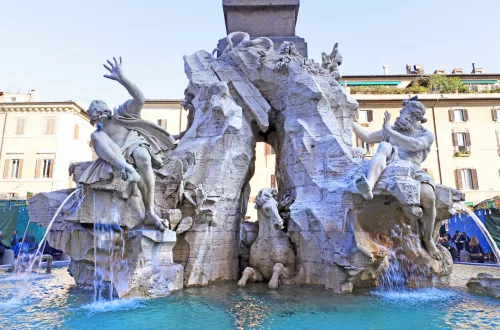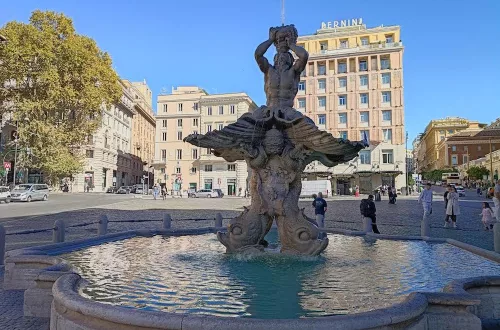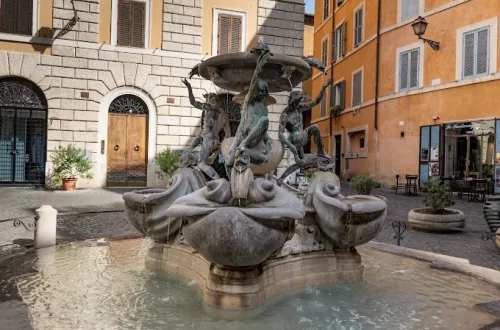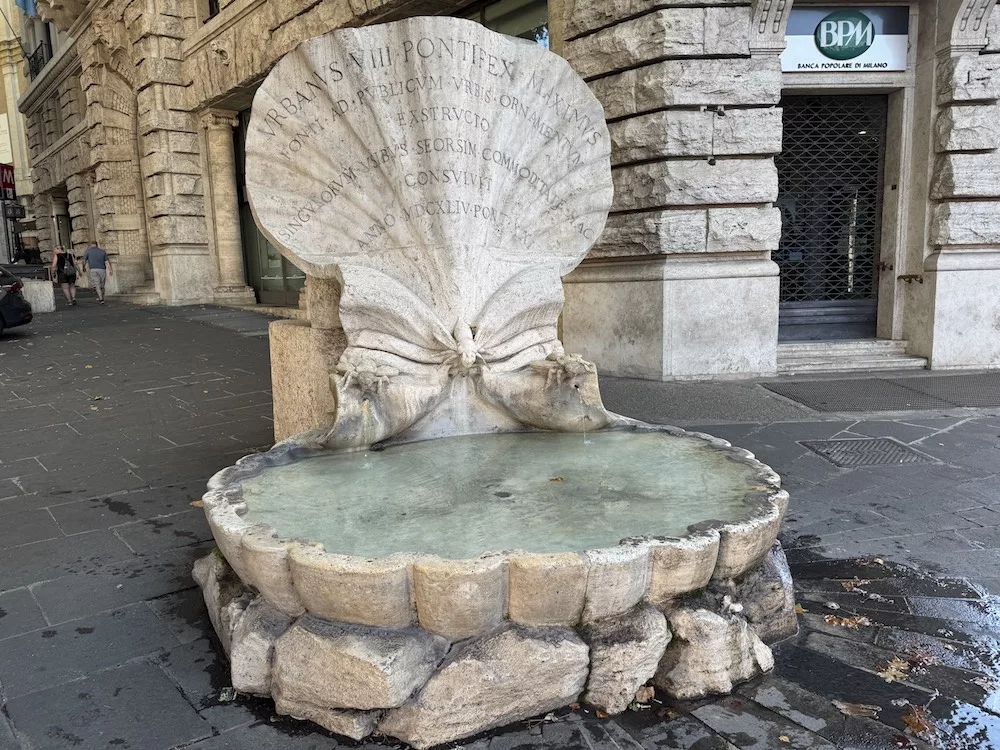
Fontana delle Api
The Little Queen of the Bees: A Baroque Story on a Roman Corner
There’s a corner of Rome where time seems to slow down—right at the beginning of Via Veneto, where the rush of modern life meets an ancient whisper of stone and water. It’s there that, if you pause for just a moment, you’ll find a small wonder: the Fountain of the Bees, a creation as modest as it is ingenious, signed by the great Gian Lorenzo Bernini.
It’s not as monumental as the Fountain of the Four Rivers, nor as spectacular as the Trevi Fountain. And yet, anyone who truly looks at it senses something more intimate. It’s a Baroque gem, a small treasure chest of symbolism and grace, sculpted not just to honor water, but also power and identity.
The year was 1644, and Pope Urban VIII—born Maffeo Barberini—was nearing the end of his papacy. Ambitious, educated, a tireless patron of the arts, he entrusted his favorite artist, Bernini, with a seemingly simple task: to design a small terminal fountain, where the new water supply from the Acqua Felice aqueduct reached the edge of Piazza Barberini.
But Bernini never settled for “simple.” He turned the assignment into an exercise in style, elegance, and subtle propaganda. And so, he gave life to a large open seashell, as if left there by a passing tide, and inside it—perfectly placed—three sculpted bees, the heraldic symbol of the Barberini family.
The bees were no accident. They’re industrious, loyal, small but tireless—just like the image Urban VIII wanted for his papacy. The fountain was meant to speak, even without words. Water trickled gently from the carved stone, while a Latin inscription above praised the pope, celebrating the public work he had gifted to the city.
But the life of a fountain, like that of a man, is rarely a straight line. At the end of the 19th century, the fountain was removed due to roadworks, and, like many things in Rome, it was temporarily forgotten. Only in 1915 was it reinstalled, just a few steps away from its original location, slightly altered, but still able to whisper its story.
Today, few people truly stop to look. They pass by, lost in thoughts, errands, and meetings. But those who listen-those with a careful eye—recognize a voice from the past in that little shell. A voice that tells the tale of a brilliant artist, an ambitious pope, and a time when even a simple fountain could be a work of art, a political message, and a gesture of love toward the Eternal City.
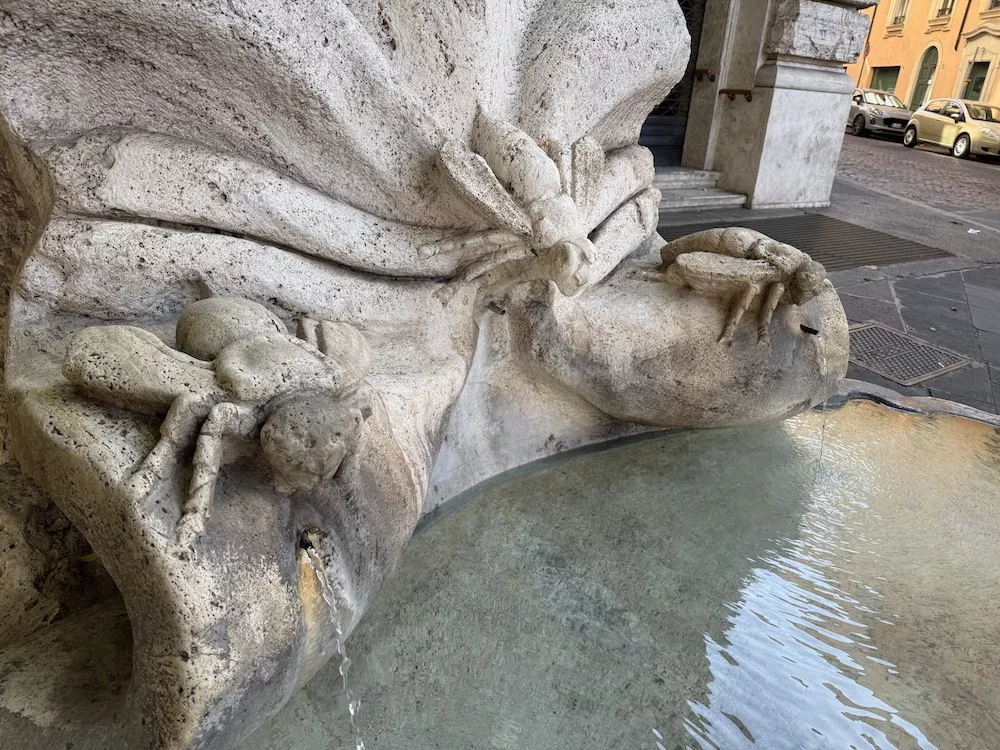
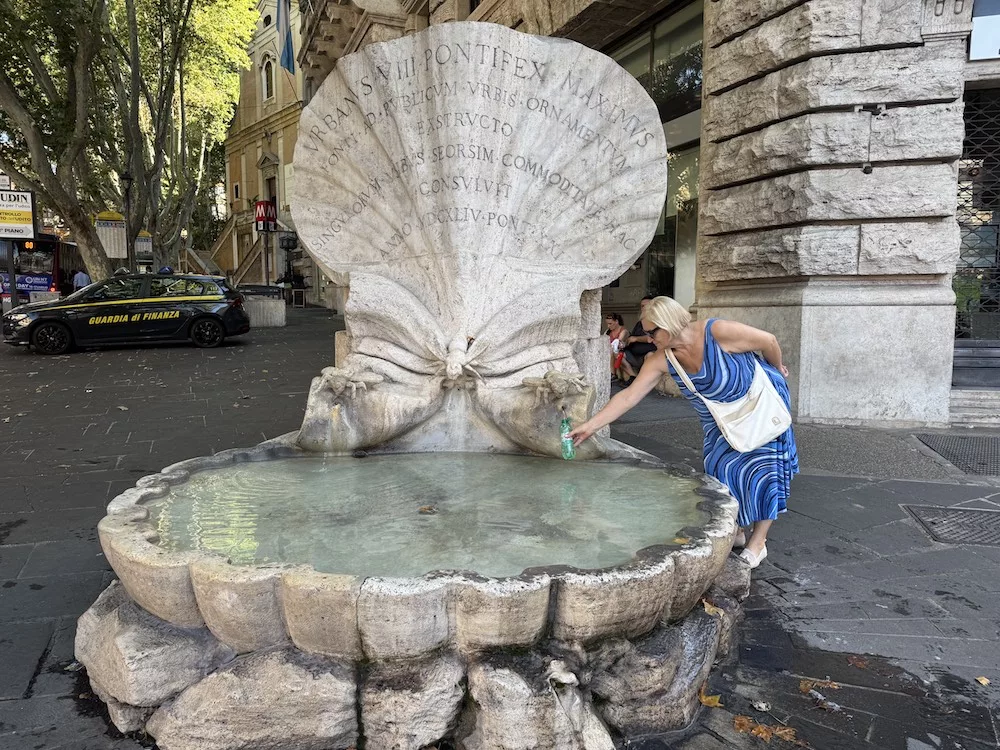
Article offered by BASILIO 55 ROME
![]()


